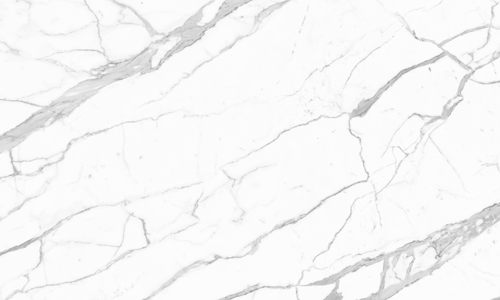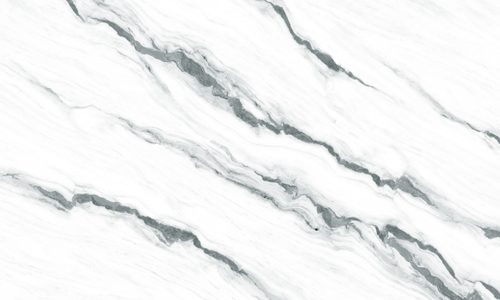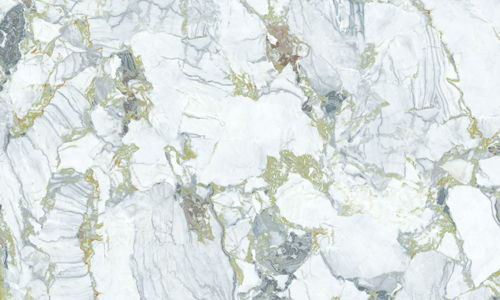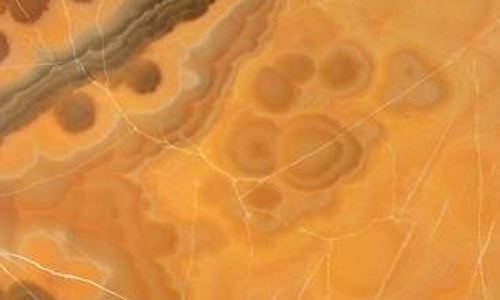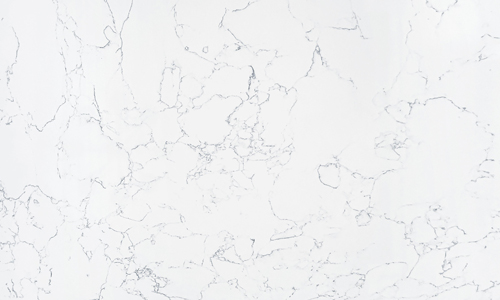When it comes to interior decoration, the installation of baseboards in public areas such as living rooms, dining rooms, hallways, and staircases is essential. Natural marble, with its inherent luster and unique patterns, combined with various style options, is an excellent choice for baseboard materials. What are the conventional dimensions and common styles for stone baseboards? And what are the recommendations for their installation?
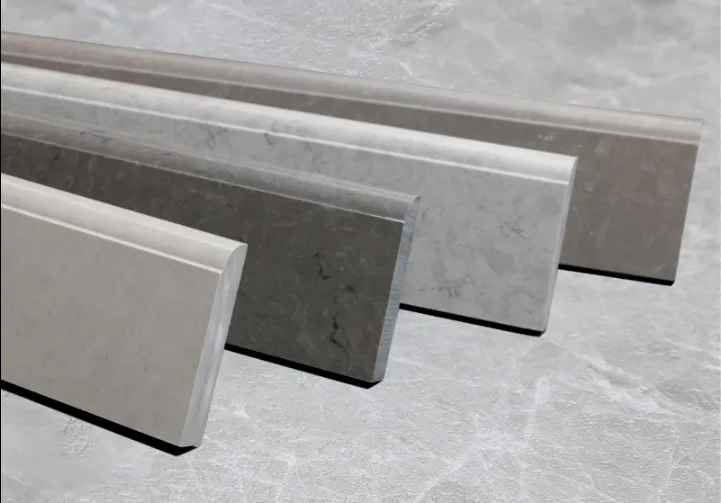
Baseboard Styles
For stone baseboards, natural marble is commonly used, with black or gray being the preferred colors.
The typical installation method involves adhering the baseboard directly to the wall surface, with the baseboard extending beyond the wall by the thickness of the stone. At corners, the baseboards meet at right angles, and it is generally not recommended to use a hard-fighting method. A smooth wall's baseboard should be installed in a straight line, without any unnecessary gaps or unevenness that would require filler to smooth out.
Style One: Single Edge
The top edge of the baseboard is ground into a 5mm by 5mm small bevel or small radius edge. This style is simple and suits minimalist and light luxury styles.
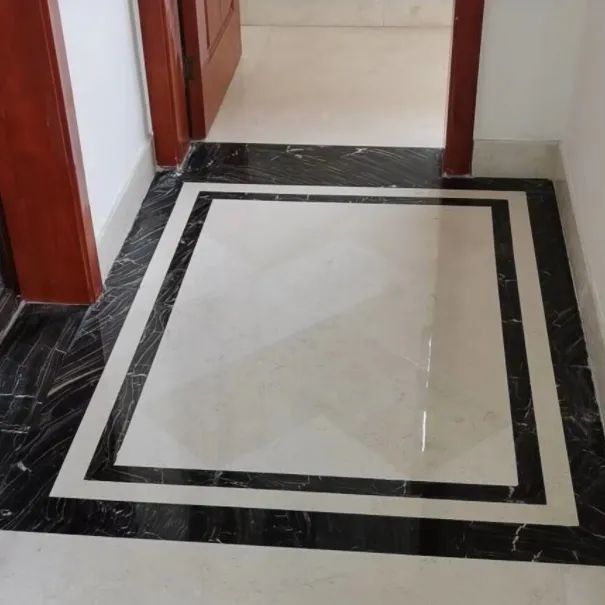

Style Two: Single Edge with Groove
The top edge of the baseboard is ground into a 5mm by 5mm small bevel or small radius edge, with a groove of 3mm to 15mm carved closer to the top. This style is simple yet shaped, suitable for minimalist and light luxury styles.
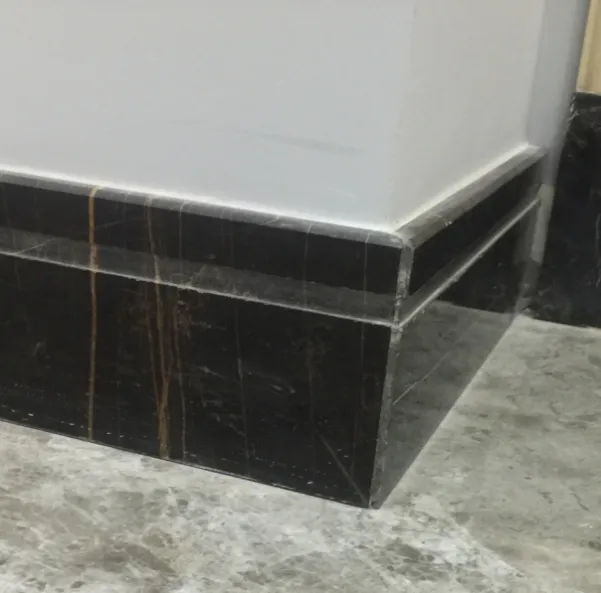

Style Three: Line Pattern
The upper end of the baseboard is ground into a line pattern of about 30-80mm. This style is more complex and aesthetically pleasing, suitable for European, American, and French styles that are more intricate.
The styles of baseboards are diverse, and these are just three of the most frequently used styles.
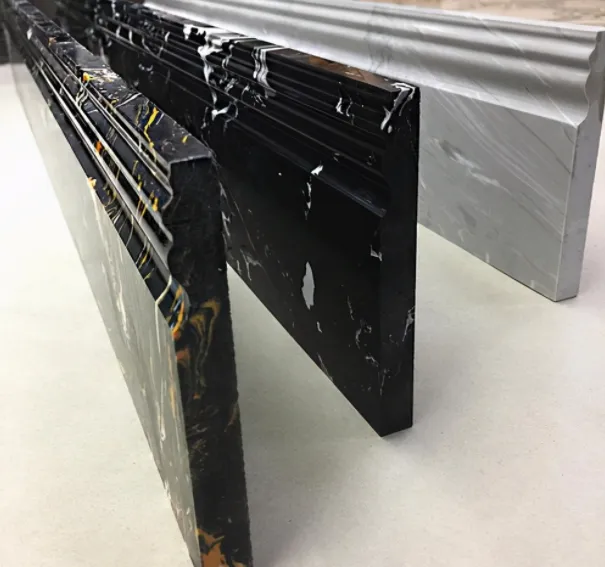

What is Not Recommended for Stone Baseboards?
Avoid Too High or Too Low Heights
The height of natural marble baseboards typically ranges from 80mm to 200mm. Baseboards less than 80mm are too narrow and prone to breaking, while those over 200mm are too tall and can detract from the aesthetics. For a room with an original interior height of approximately 2.85 meters, after ceiling installation and floor tiling, the interior height is roughly 2.5 meters. A baseboard that is too tall, such as 250mm, can give a disproportionate "small head, large feet" appearance, drawing too much attention to the baseboard and reducing the visual impact of the wall design. Conversely, a baseboard that is too low, such as 50mm, will have minimal visual presence and fail to serve its decorative purpose. Therefore, the conventional height for stone baseboards is 80mm to 200mm, with minimalist and light luxury styles typically ranging from 80mm to 120mm, and European, American, and French styles slightly higher at 120mm to 200mm.
Avoid Flush with Wall Surface
Installing baseboards flush with the wall surface requires wall demolition and prior installation of the baseboard, increasing labor costs and potentially leading to inconsistent joints between the baseboard and the wall due to overall wall issues. Additionally, if filler is used, it is prone to cracking over time. If wall coverings like wallcloth or wallpaper are used, achieving a neat finish at the top of the baseboard can be challenging, affecting the overall aesthetic. Lastly, this method is not conducive to future baseboard replacements. Therefore, stone baseboards are generally installed directly onto the wall surface.
Avoid White or Very Light Colors
Stone baseboards in white or very light colors are prone to efflorescence, which can undermine their decorative purpose and make it difficult to distinguish between wall and floor spaces, while also highlighting stains. Therefore, stone baseboard materials are typically chosen in darker or black shades.
Avoid Stone Baseboards with Wooden Flooring
Wooden floors are not compatible with stone baseboards, as they create a mismatched and discordant look. Wooden baseboards are more suitable for wooden floors. Therefore, stone baseboards are not recommended for rooms with wooden flooring.
Avoid Deep or Wide Grooves Without Polishing
When stone baseboards have deep grooves, the shape is not prominent, and they are difficult to clean, often harboring dirt. Grooves that are wide and not polished fail to showcase the beauty of the design. Generally, the depth of grooves in stone baseboards should be around 3mm, and wide grooves must be polished, with a maximum width of 25mm.
Avoid Partial Installation in a Space
A space should be treated as a whole. If the baseboard is only installed partially (excluding areas with cabinets) and other materials are used elsewhere, it disrupts the integrity of the functional space. Therefore, it is recommended to install baseboards throughout a functional space, with the inclusion of cabinet areas being ideal and maintaining a unified style.
Lillian Fortune East Stone
📧 Email: sales05@fortunestone.cn 📞 Phone: +86 15960363992 (Available on WhatsApp) 🌐 Websites: www.festonegallery.com | www.fortuneeaststone.com


